#Patents
Toyota to Rivals: Take This Hybrid Tech and Build It
On Wednesday, Toyota announced plans to offer royalty-free access to its cache of hybrid technology patents. While the automaker already licenses aspects of its Hybrid Synergy Drive to other automakers, the new strategy seeks to drastically expand the use of its systems as the world gears up for widespread electrification.
Toyota, cautious as ever, has been understandably hesitant to throw itself headlong into costly BEV development programs. It did have the foresight, however, to jump into hybrid technology earlier than most other manufacturers, and doesn’t want to see that edge lost as battery-only vehicles grow in popularity. Providing open access to the nearly 24,000 patents on hardware used in the Prius and Mirai could help the company stack the deck in its favor.
Rivian May Incorporate Modular Truck Beds
With both Ram and GMC showcasing multifunctional tailgates this past year, versatile pickup configurations appear to be the segment’s hot new trend for 2019.
It’s a trend that’s likely to continue, and American EV manufacturer Rivian has something even more ambitious in the early stages of development. According to a patent published the U.S. Patent and Trademark Office last month, the company has worked up a set of designs showing a pickup (presumably the R1T) equipped with reconfigurable bed modules. By using a flatbed configuration as the base setup, Rivian can simply tack on different modules to transform the rear for whatever job its owner needs it for.
Ferrari Seeks Patent for Elaborate Intake Amplification System
Ferrari has filed a patent application with the U.S. Patent and Trademark Office for a “device for the amplification of the intake sound” of an internal combustion engine. The system is a little different than the “Active Sound Design” populating many of today’s modern performance vehicles — a setup that involves piping in engine noises via the car’s sound system (à la BMW), through a speaker attached to the firewall (e.g. Volkswagen), or by redirecting some intake air through a diaphragm and into less-insulated areas of car (Porsche).
For Ferrari’s new system, the last solution seemed to be the best fit. But rather than running noise through a singular valve and pipe, the Italians want to use each runner of the intake manifold — presumably to create a richer and less-artificial sound. The patent request even states that the amplification pipe produces a noise that is “very pleasant to the human ear.” Filed in April of this year and clearly written by some super-intelligent automaton that’s obsessed with human ears, the system looks pretty complex.
A Safer Route Home, but Is the Customer Always Right?
Depending on who you ask, Uber is either a godsend or a harbinger of civilization’s downfall. When the ride-hailing app went live in my corner of the world, disgruntled taxi drivers threatened violence against Uber drivers found waiting for a fare. I still get in the front seat out of habit. Cab drivers in other cities weren’t happy about their monopoly being threatened, either.
Elsewhere, Uber is a common way for urbanites to get around and, despite a number of past controversies involving the company and its drivers, people seem just fine with its presence. Naturally, for some users, safety remains an issue. But what if you could choose not only the route taken, but also the make and model of the vehicle showing up at your door? If the thought of riding in an old beater turns you off, why not wait until the closest vehicle with a five-star safety rating shows up? A new patent filing shows Uber wants to make that happen.
Talk to the Chair: Ford Patents Voice-activated Seats
Apparently, the increasingly complex array of buttons on the side of a modern driver’s seat has become too much for humans to process. There’s just too many ways to adjust our seating position (though not in this writer’s car).
What if, instead of pressing buttons and switches, we could bark orders or use a touchpad? That’s the future Ford envisions.
Hide and Seek: GM Seeks Patent for Vehicle-to-Pedestrian Communication
Here at TTAC, we sometimes offer up a story published by a sister publication after deciding it’s something worthy of your time. This piece, published by GMInsideNews, fits that bill. While the soulless autonomous future scares many of us, General Motors is working on a way to stop those driverless cars from plowing over each and every one of us. Read on.
General Motors continues to pour money and time into perfecting vehicle autonomy.
One of the integral themes of an autonomous driving future is communication. Vehicles will be required to rapidly and constantly talk to one another, relaying position, speed, and intent, with the same demands applying to our roadways and intersections — which will be expected to relay weather, traffic, and safety information in real time as vehicles approach.
Pedestrians, however, pose a unique problem. In busy cities, pedestrians and drivers routinely communicate nonverbally by making eye contact or gesticulating, but an autonomous vehicle doesn’t have that privilege. Its machine code is dependant on a series of binary questions it must ask itself in order to determine if the person is a threat, which — if affirmative — currently results in the car coming to a halt, which on occasion has caused a rear-end collision, or two.
Well, GM is working on a system in which autonomous vehicles will be capable of better understanding the motions of pedestrians by communicating with their Internet-connected devices, be it smart-phones, wearables, or perhaps even future advancements made towards transhumanism.
Acura Drops Another Hint of a U.S.-bound CDX
Officially, there is no word. Unofficially, Acura seems plenty content with the idea of bringing the Chinese-market CDX subcompact crossover to North America, so long as there’s a business case for it.
“It’s a model that interests a lot of our people, so we have our R&D guys looking into the possibility,” said Jon Ikeda, vice president of American Honda’s Acura division, last April.
Is an American design patent granted to Honda proof that the company’s braintrust have made up their minds?
GM Patents Exterior Airbag; Pop-Up Headlights Set for Triumphant Return?
You Asked; Honda Answered? Mysterious Crossover Appears in Design Patent
Given the way the industry’s going, this website might soon have to change its name to The Truth About Crossovers. Thankfully, the acronym remains the same.
A U.S. design patent granted to Honda on Tuesday reveals that three utility vehicles might not be enough for the Japanese automaker’s American lineup. As car companies both domestic and foreign scramble to fill in gaps in their showrooms, it seems Honda hasn’t yet reached the crossover saturation point.
Hide Your Stash (or Chill Your Beer) With This Handy Ford Patent
Cargo covers only hide so much. And at the end of the day, your SUV’s cargo area is merely a receptacle for refuse — you can’t tote the contents around outside the vehicle without a stolen shopping cart.
If a patent application filed by Ford Motor Company bears fruit, your cargo hold will have everything you need for tailgate parties, camping trips, and, just maybe, a long wait at the border.
GM to Patent Temporary Digital Key?
A standard part of the dealership test drive experience involves the salesperson grabbing the key to the car in question out of a lockbox, then accompanying the customer on the drive. A new patent filing suggests General Motors may be looking for a way to give customers access to the car without requiring a salesperson to dig through a box of keys.
GM appears to be working on a patent that would allow customers to have a temporary digital key granted to them in order to gain access to a vehicle they want to test drive.
The system would work like this: Interested customer applies for the key, the dealer verifies the buyer’s interest and identity, dealer approves the test drive and monitors it. If the customer doesn’t want to buy the car, the dealer can revoke the digital key authentication, and it can also do the same to a prior key holder if the vehicle is used and someone other than the first title holder buys it.
Bulky A-pillars Getting in the Way? Toyota Has a Clear Solution
Back in the days of sky-high tailfins and wraparound windshields, A-pillars weren’t of sufficient thickness to hide little Timmy riding his bike, or maybe that Ford Fairlane approaching from behind that shrub to your left. No, front seat vision was grand — trying to stop your Detroit barge with unassisted drums brakes was the real challenge.
These days, the high-strength steel and airbags needed for rollover and side-impact protection have turned those slim pillars into Corinthian columns capable of hiding a small crowd. A-Pillars are bulky, and that’s a safety problem in itself.
What to do? In Toyota’s case, simply develop a way of seeing through them.
Ford CEO Sees a Future for Hands-on Driving, but a New Patent Shows the Company Hedging Its Bets
If you believe certain segments of the media, we’ll soon be able to avoid the drudgery of turning a steering wheel, pressing and releasing pedals, and — gasp! — shifting gears.
The inevitable onset of self-driving vehicles, tech aficionados and urbanists tell us, will bring traffic fatalities down to zero, somehow remove all congestion from the road, and turn our lives into a never-ending sojourn of blissful tranquility. Never again will you take that aimless and unprogrammed late-night drive, just for the hell of it. Never again will you bother with buying and owning a car. Automakers will simply turn their driverless cars loose, emptying driveways while filling streets with hands-off ride-sharing pods.
Not so fast, says Ford’s newly minted CEO.
Not-so-sudden Impact: Waymo Patents a Softer-crashing Car to Safeguard Pedestrians
Autonomous vehicles are being billed as a safer alternative to human-controlled transportation and, assuming the hardware functions as intended, that’s likely to be the case. But eventually a self-driving car is going to smack into a pedestrian and no company wants to hold the honor of being first.
Google’s autonomous vehicle arm, Waymo, is working on a solution to mitigate the liabilities associated with such an incident by patenting a softer car.
Toyota's New Patent Screams 'Regulate the Manuals!'
In this day and age, when a “coupe” often means a four-door SUV and automatics, DCTs, and CVTs perform almost all gear-shifting duties, it’s nice to see a patent from a major mainstream automaker concerning a manual transmission.
However, Toyota’s recent patent for an electronic tranny nanny might spark worry that the three-pedal experience, as endangered as it is, could become watered down by technology. A manual transmission that doesn’t let you make mistakes? Who’s in charge here?




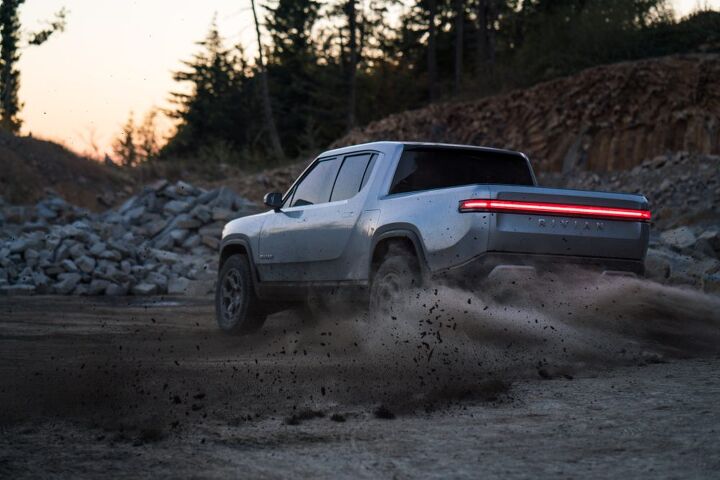



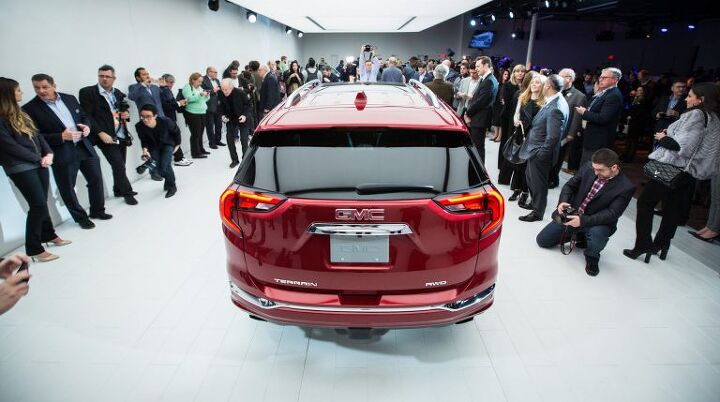

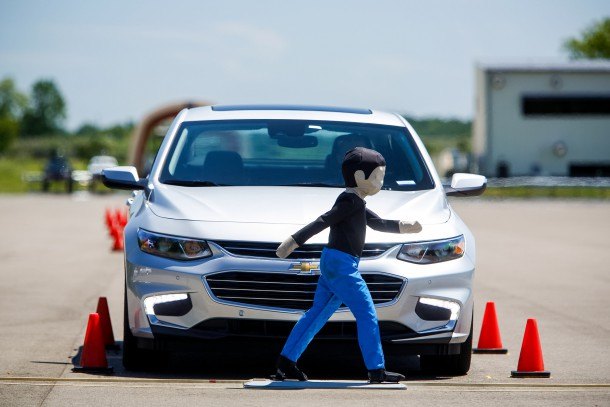
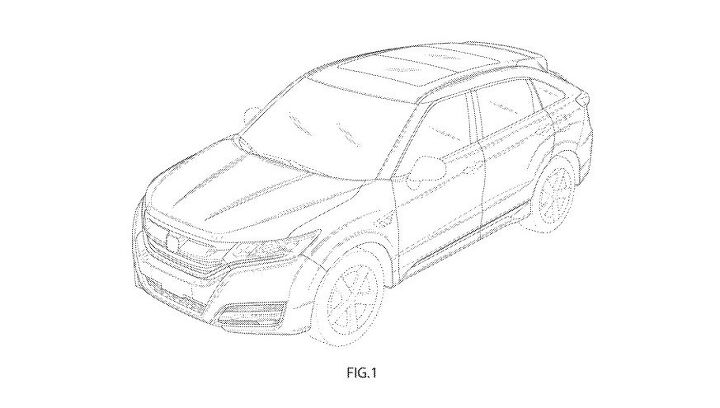

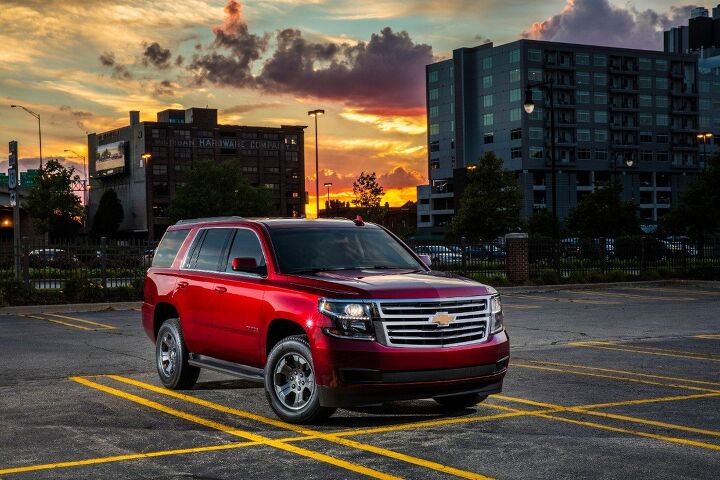



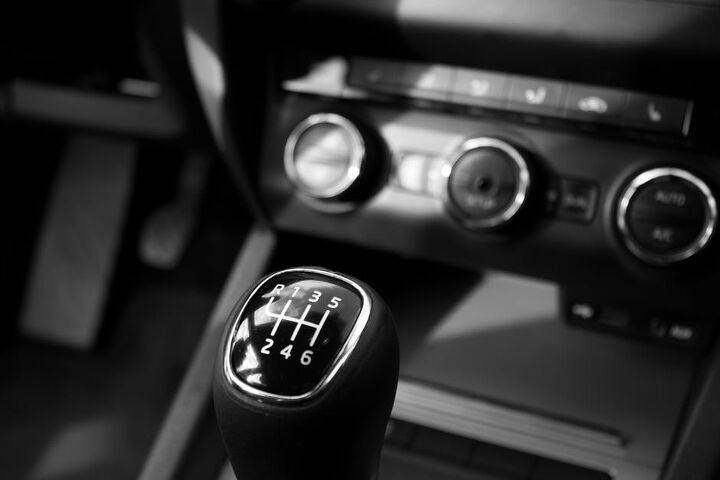












Recent Comments